When is the most fearless time of one’s life? I had this thought while driving the Tucson. It’s that time of adolescence when you begin to grow facial hair and have experienced the fearful shadows of your older siblings. During some period in your teenage years, as your body grows and muscles develop, you reach the tempestuous phase where you fear no one, not even older brothers.
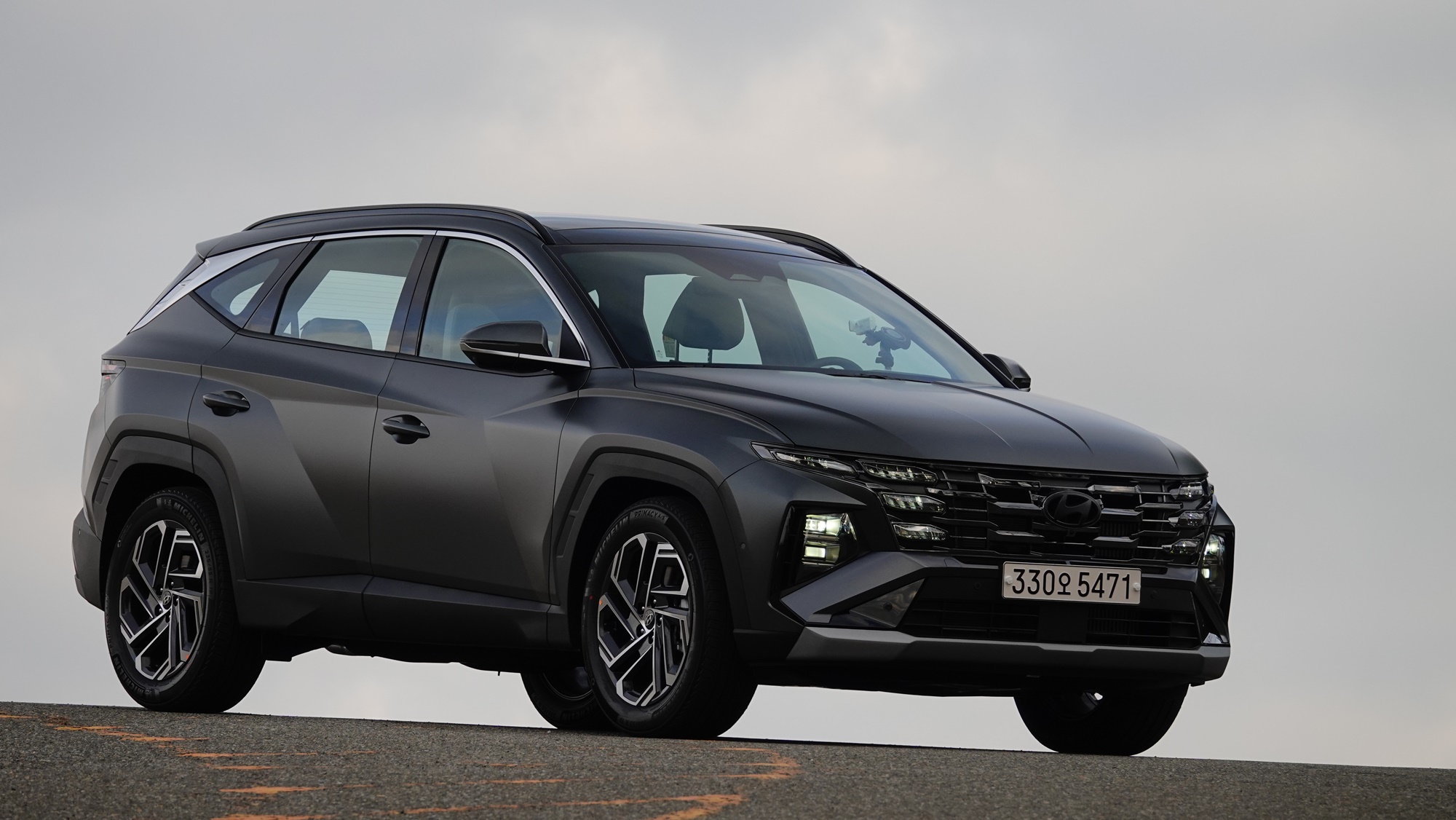
The Tucson embodies that essence. Whether compared to the Santa Fe or the Sorento, or other similar-sized imports, it exudes a confident presence that does not falter against competitors. Equipped with high value and features, I found myself behind the wheel of the brand new Tucson, feeling as if nothing in the world could intimidate me. It is the facelift model that returns after three years.
Launched as ‘The New Tucson,’ this model comes fully armed with design and value upgrades. The powertrains composed of 1.6 turbo, diesel, and hybrid remain the same. Hyundai provided a full-option version of the New Tucson 1.6 Turbo 2WD Inspiration for test driving.
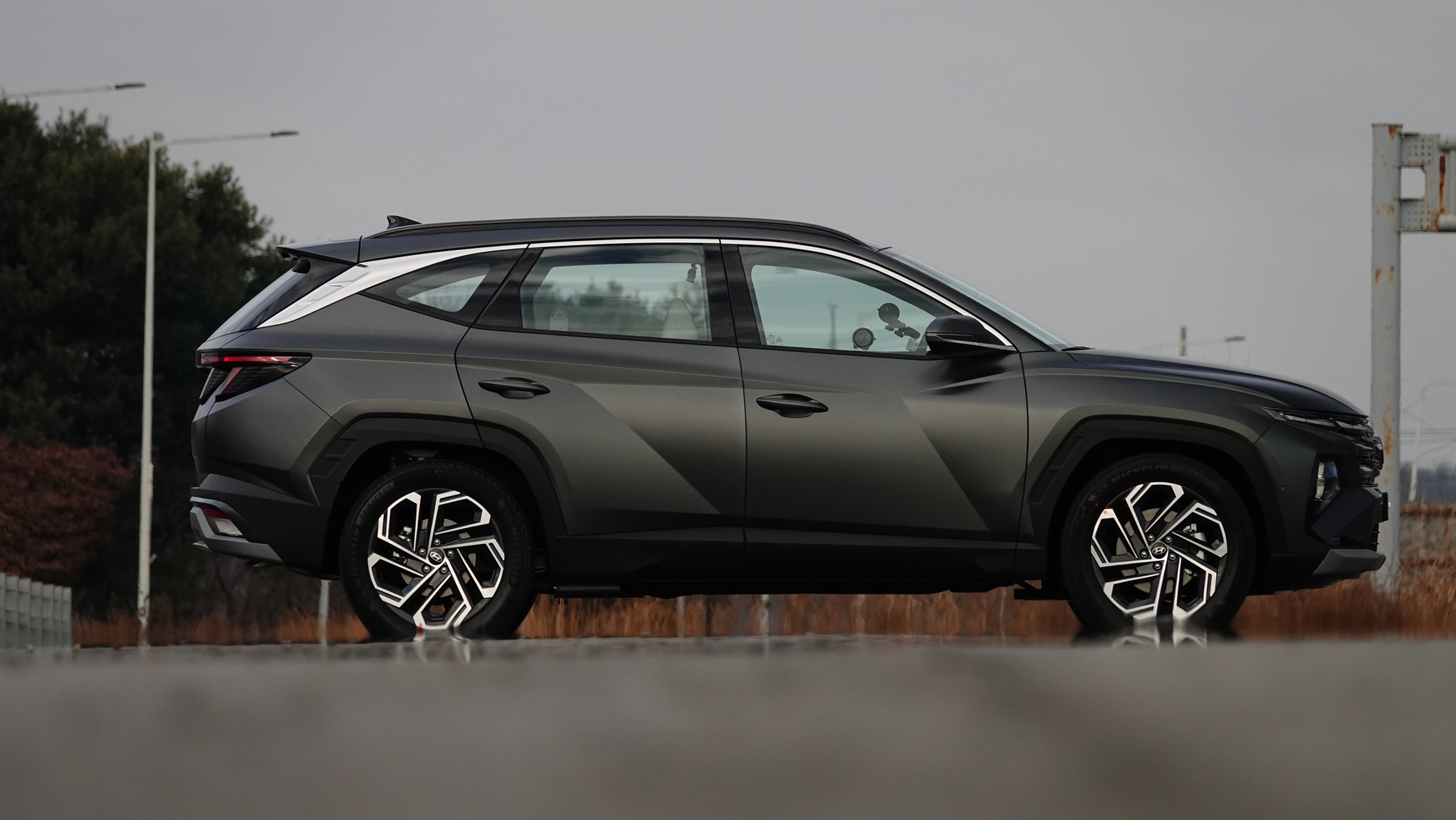
It looks upscale. This effect is achieved through the dark chrome finish of the radiator grille. The wing-like daytime running lights and projection-type headlights also catch the eye. With the addition of side airbags in the second row, the total number of airbags has now reached eight. The side profile, which showcases lines as if folded like paper, is also impressive. Being a compact SUV, its exaggerated appearance seems to fit it perfectly, aligning with a psychology of wanting to appear larger with a smaller frame. I can understand that.
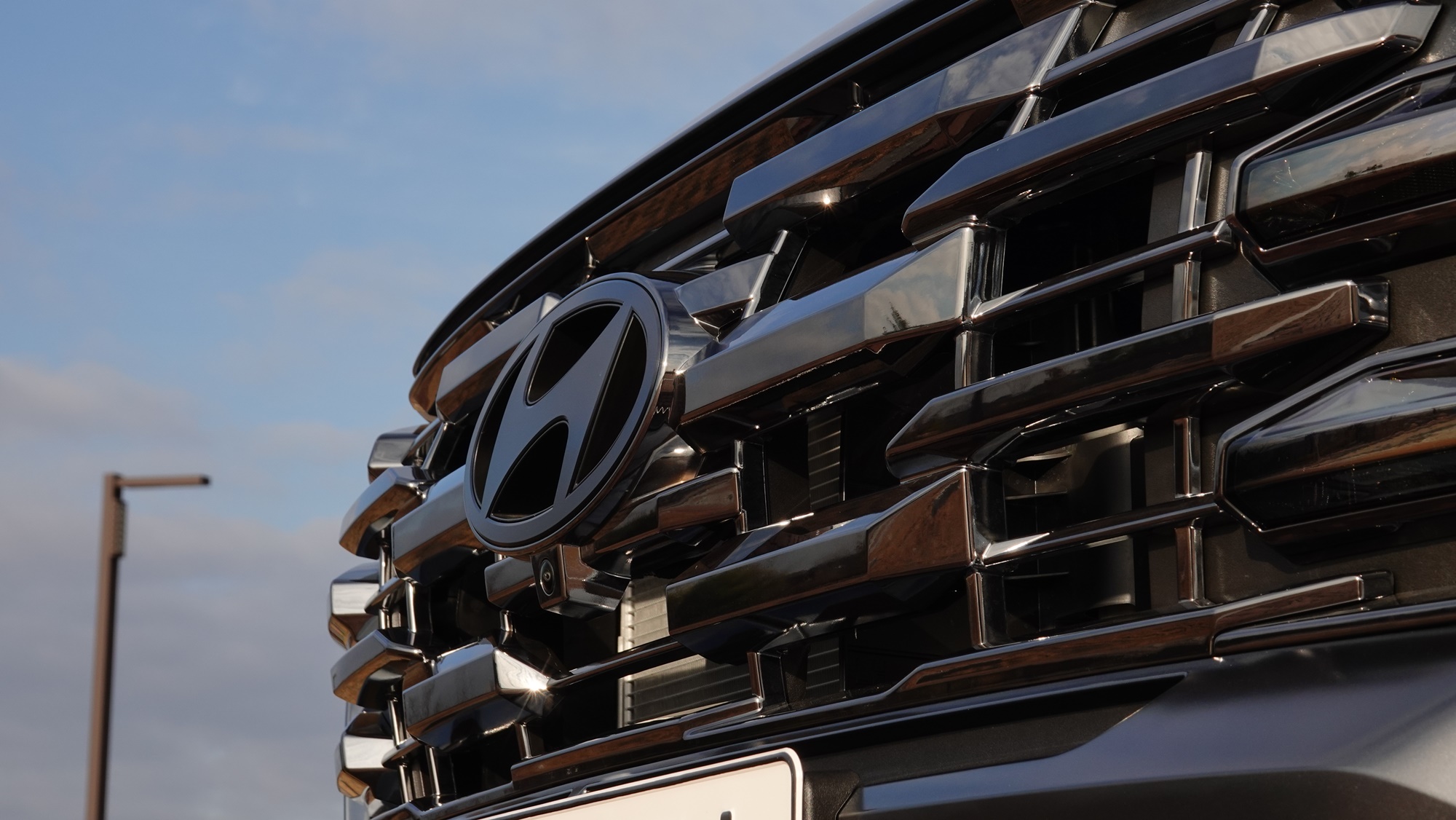
It’s not that large of a vehicle, measuring 4,640 × 1,865 × 1,665mm, with a wheelbase of 2,755mm. I was surprised sitting in the back seat. There’s substantial space that exceeds the room of two fists between the knees and the front seat. How is this possible? It could easily serve as a family car.
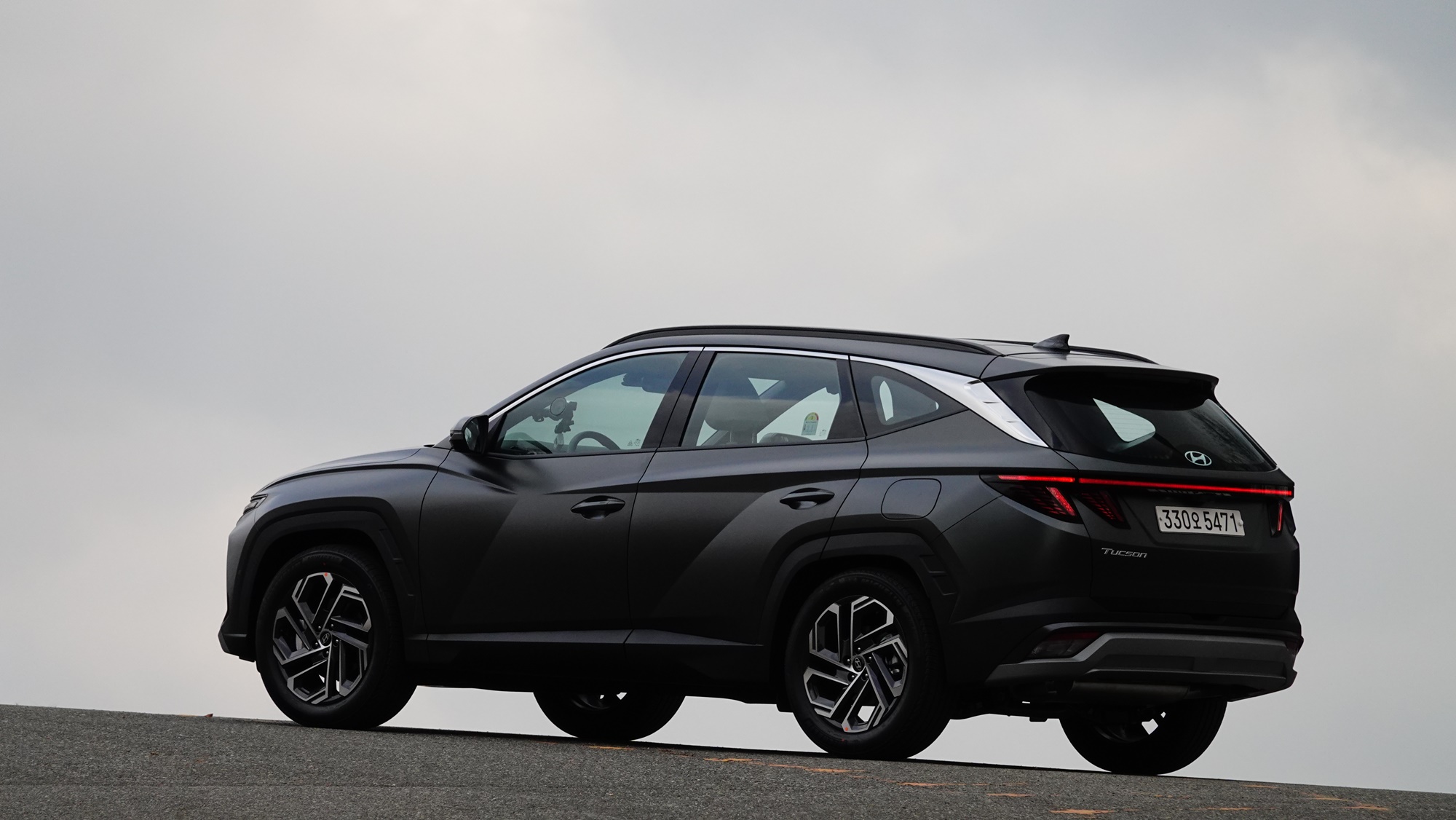
The interior is filled with safety and convenience features. Hyundai’s competitiveness stems from this. The next-generation infotainment system offers features including wireless software upgrades as standard, with Blue Link streaming services that allow for video viewing.
It also includes radar sensor-based advanced rear passenger alerts, a head-up display, built-in cameras, controlled power tailgate, and outside mirrors with driver seat position memory.
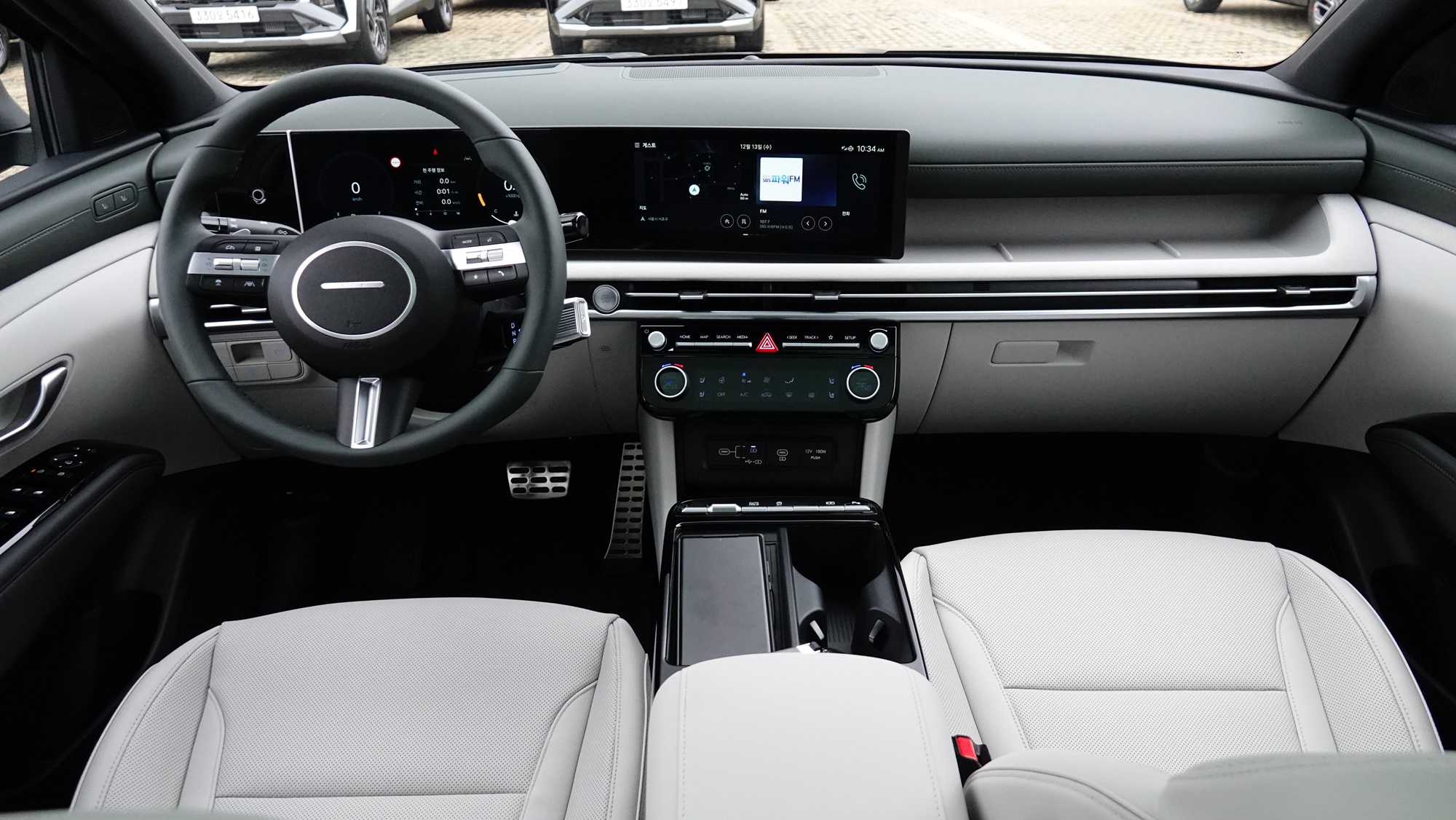
With wireless connectivity, you can use Apple CarPlay and Android Auto, and e-HiPass allows toll payments without a physical card linked to Cafe Pay. The digitalization has become more convenient. You can connect up to 15 devices, including iPhones, Apple Watches, and Android phones, to unlock doors and start the vehicle. There’s also a fingerprint authentication service. Almost all available convenience features are at your disposal. With the 1.6 turbo version, you can select all the options for under 40 million won.
The Tucson’s value is comparable to the Santa Fe. It also holds its own against a fair number of mid-size imported SUVs. It may be slightly smaller in size, but it stands unwavering even against older brothers.
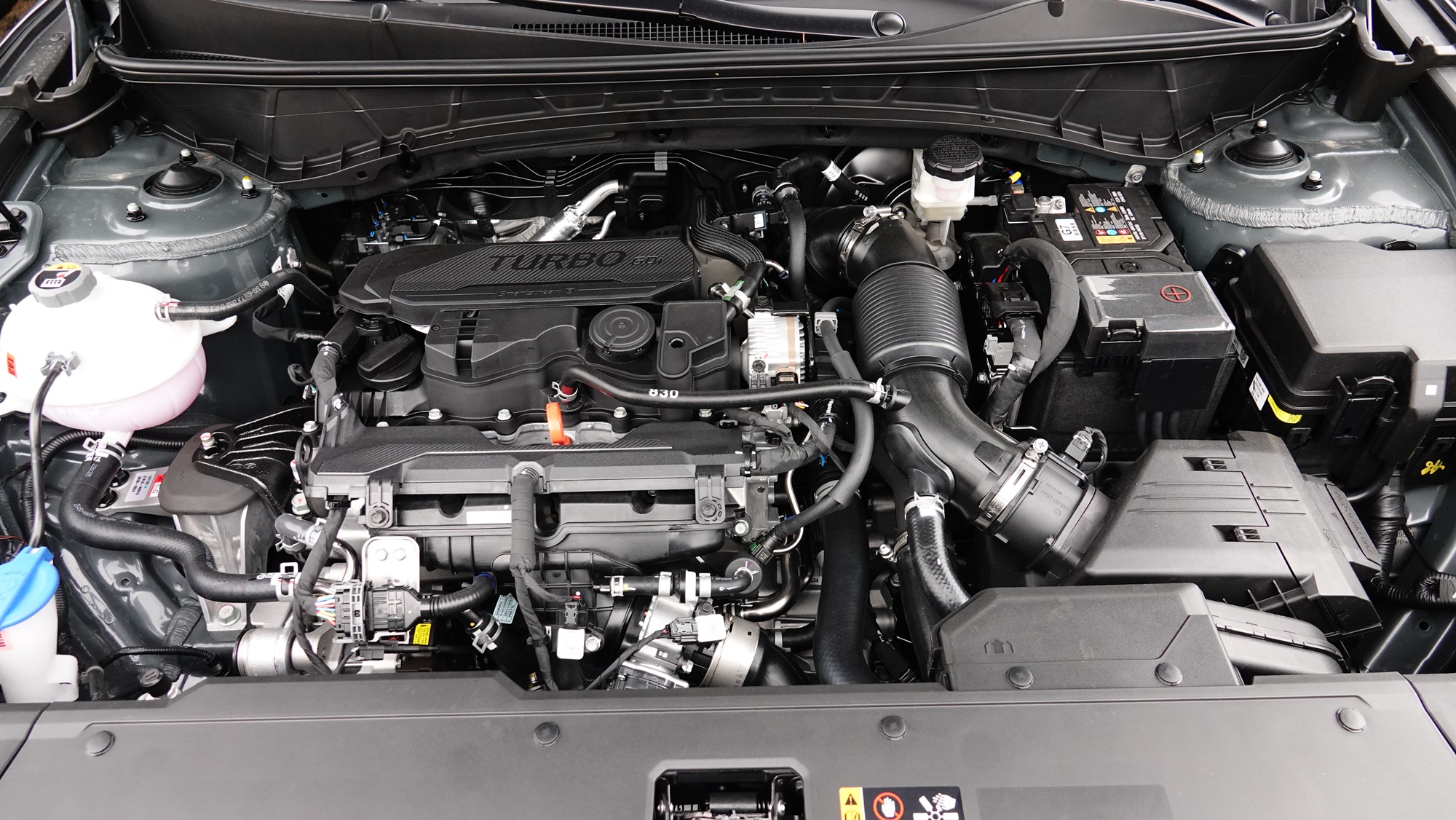
The 1.6 turbo gasoline engine produces 180 horsepower through a 7-speed DCT transmission. With a curb weight of 1,575kg, the power-to-weight ratio is 8.75kg per horsepower. The measured acceleration time to 100 km/h via GPS standards was 8.95 seconds.
The DCT meets both performance and efficiency needs. Utilizing two clutches—an additional clutch reduces shift time effectively. Shift time can lead to power loss, which is mitigated, enhancing both performance and efficiency.
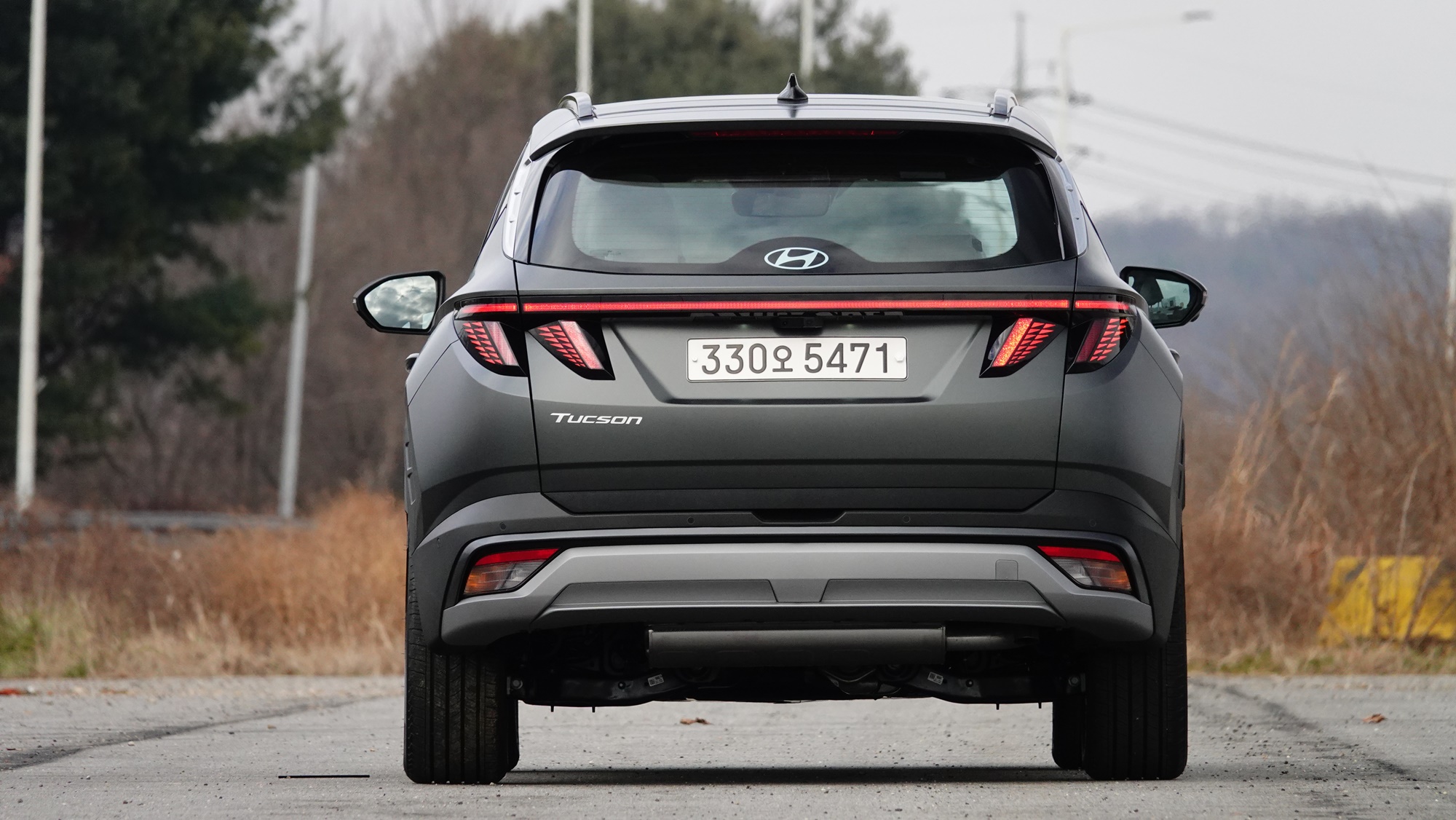
The dynamic driving experience is enhanced by the powerful acceleration provided by 180 horsepower. It is exhilarating to experience the lively driving dynamics. While there is a noticeable response to road irregularities as speed increases, one need not worry. Generally, you won’t be driving that fast on regular roads.
During a real-world test driving from Paju to Seoul over 55km, the fuel consumption was recorded at 16.0 km/L. The certified combined fuel economy stands at 12.0 km/L, based on the 19-inch tires with 2WD.
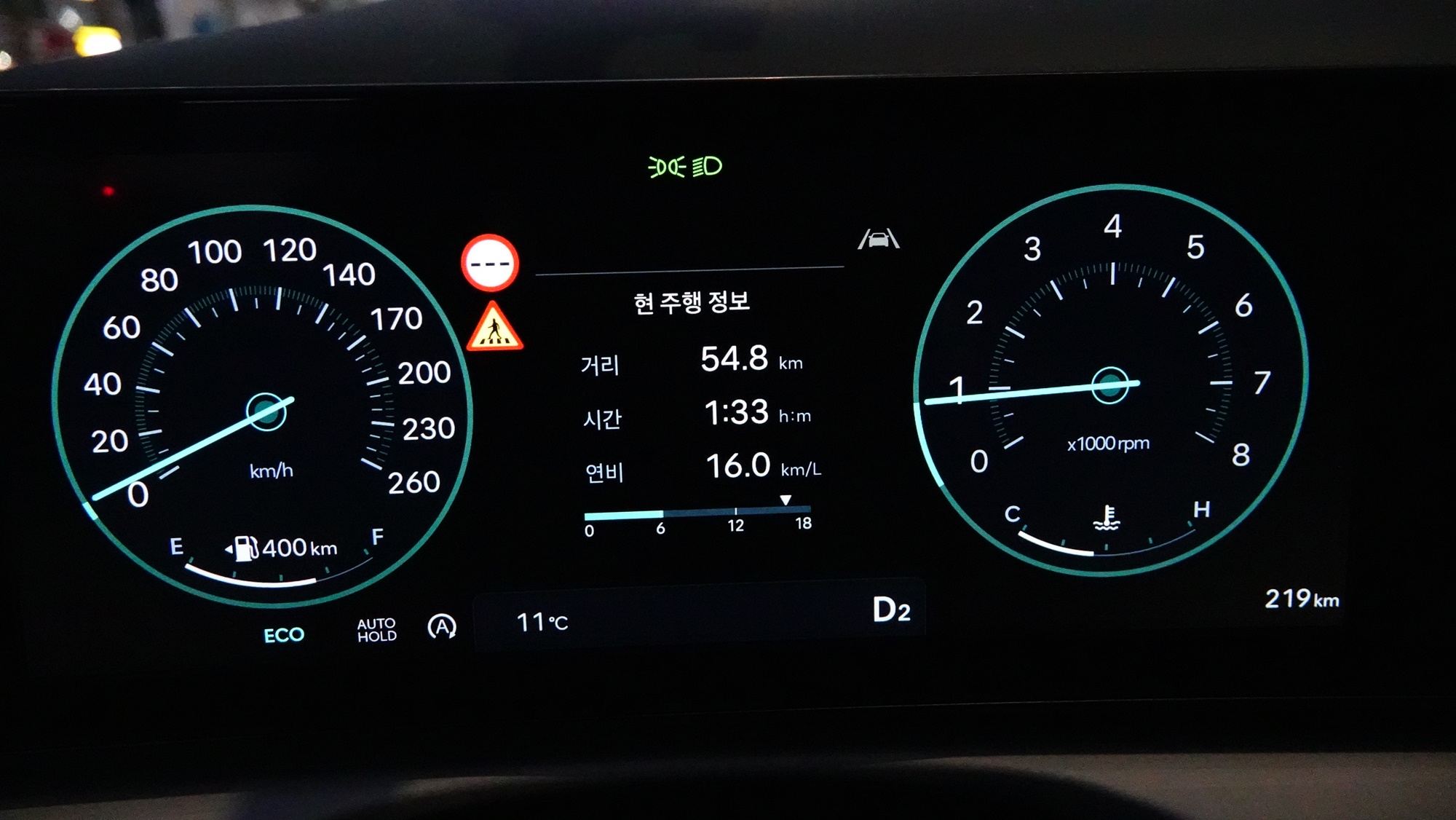
The selling price ranges from 27,710,000 to 34,390,000 KRW for the 1.6 turbo model, 30,130,000 to 36,810,000 KRW for the diesel 2.0 model, and 32,130,000 to 38,580,000 KRW for the 1.6 turbo hybrid. Equipped with a comprehensive selection of convenience features, it stands out competitively among not only its class but also higher models. I would not shy away from any challenge.
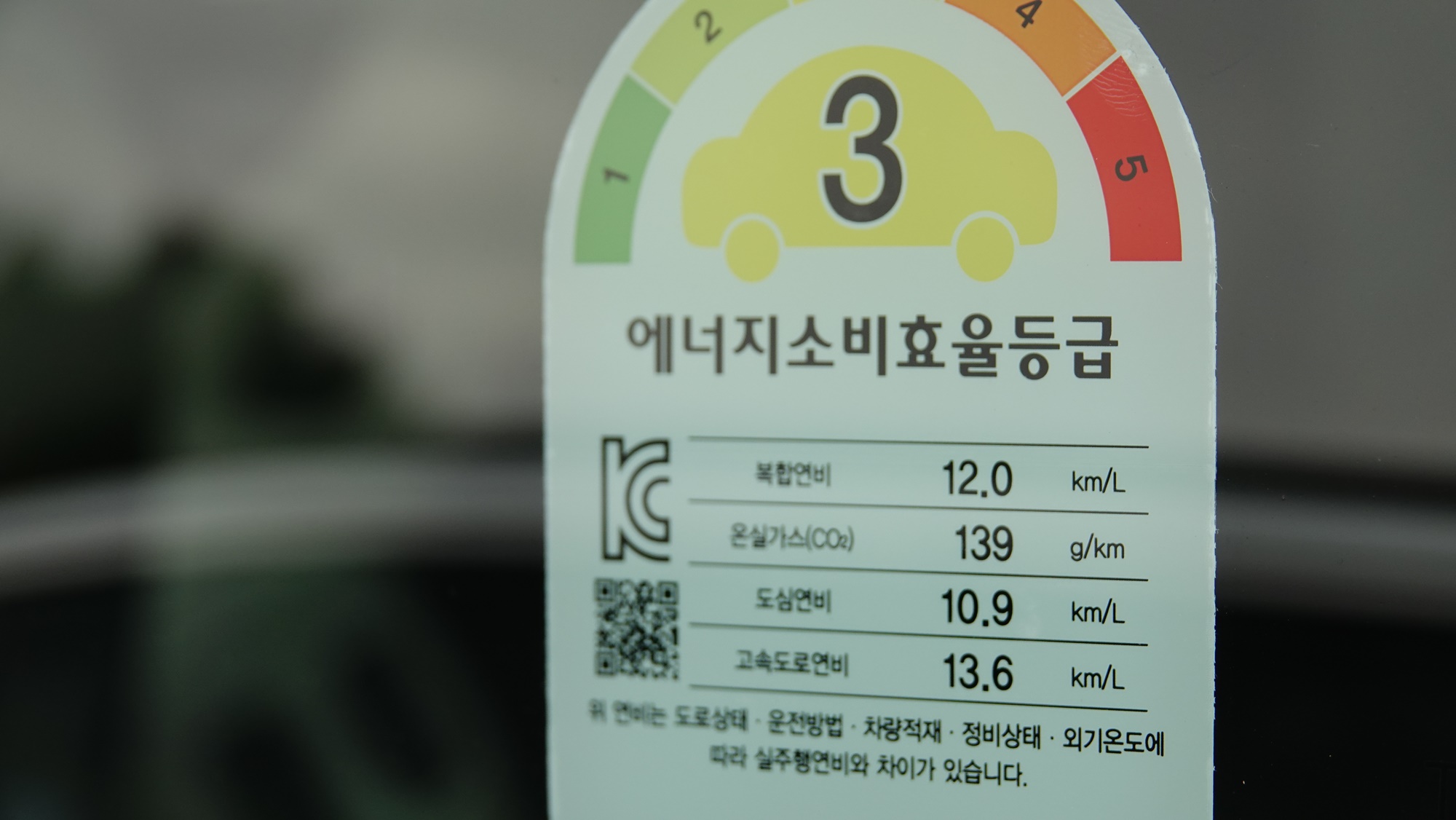
Direct Commentary by Oh Jong-hoon
At the far left end of the curved display, there lies a fingerprint recognition sensor. The spacious area feels rather empty. Merging it with the instrument panel or adding another function would be a good idea. The voice command system is excellent, but it has one major flaw—it’s not activated by voice. A response of “Yes, Master” when I say “Hello, Hyundai. Hi, Tucson” would be more impressive. This is a suggestion, not a critique. There’s also no trunk cover. The clutter can be exposed to the gaze of others. Wouldn’t a cover be better?
Oh Jong-hoon yes@autodiary.kr

